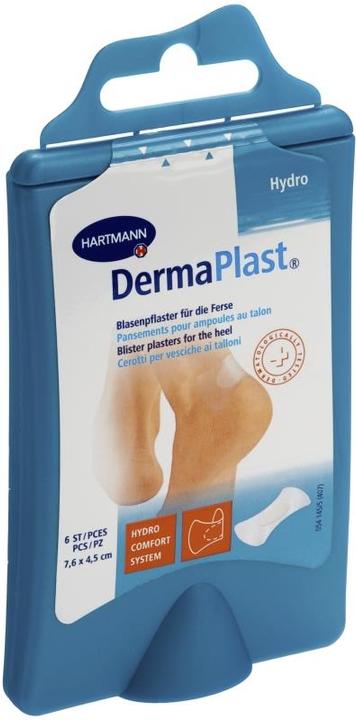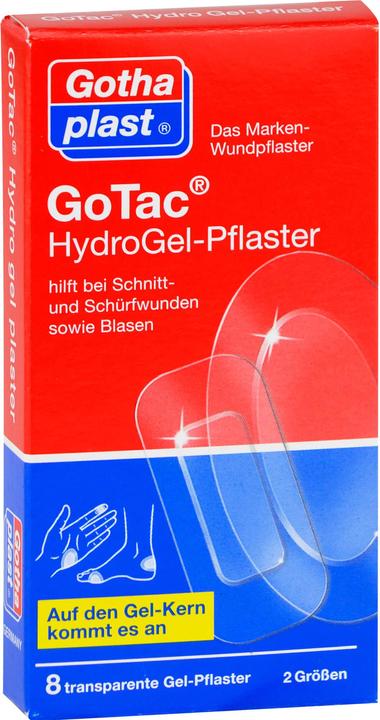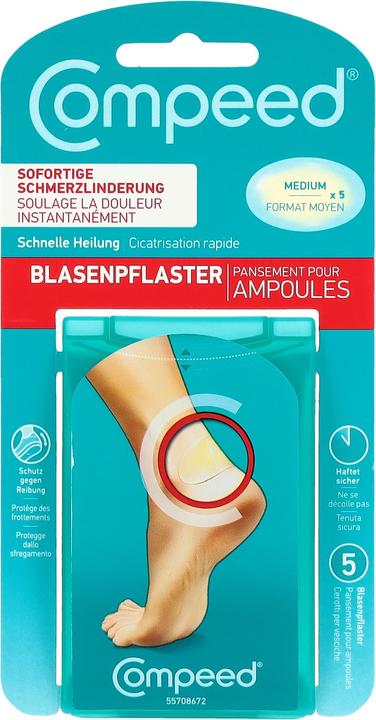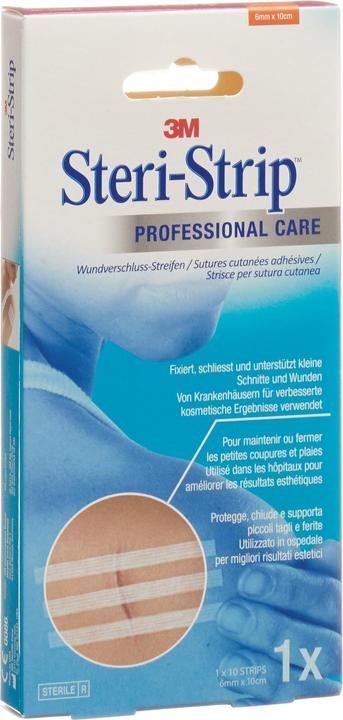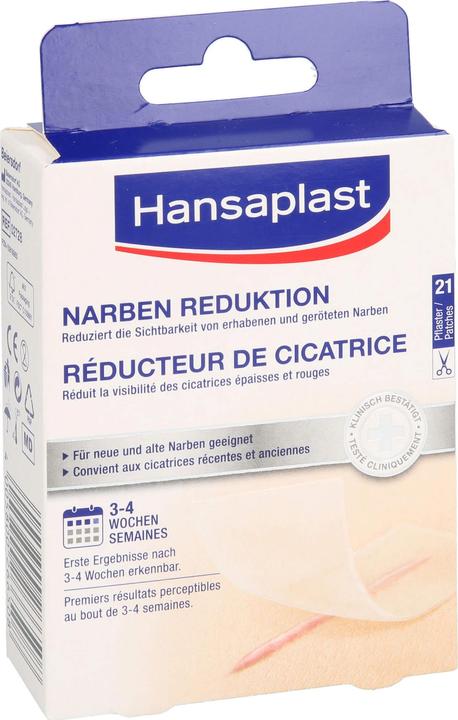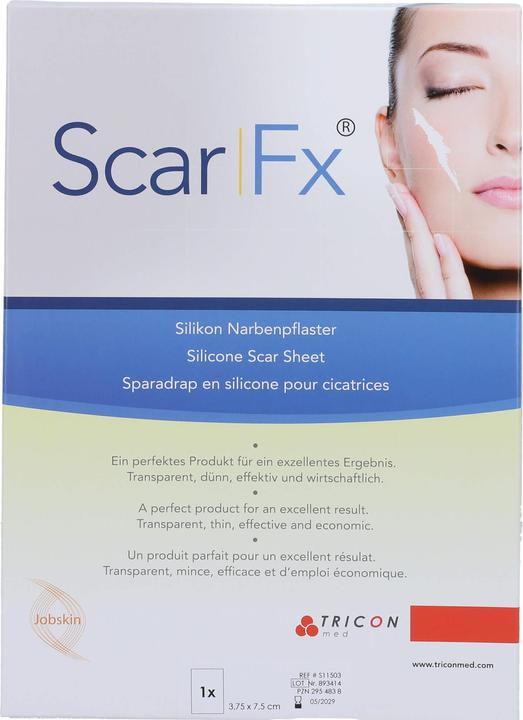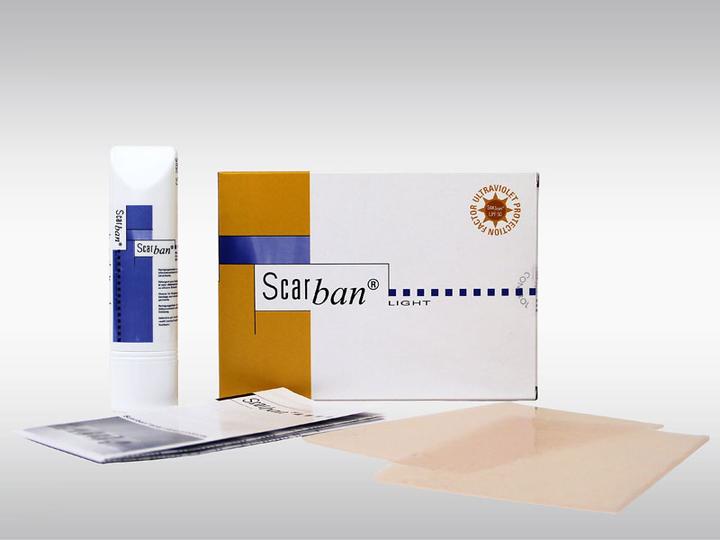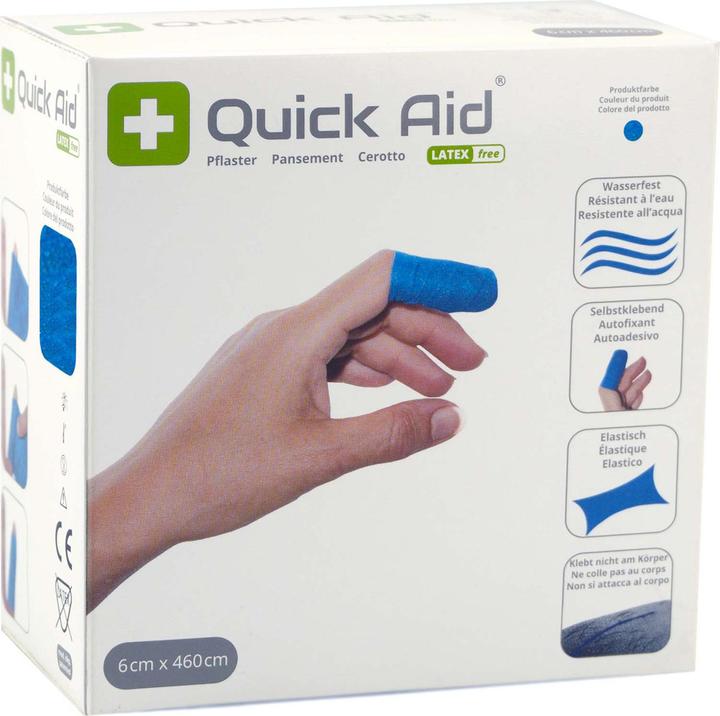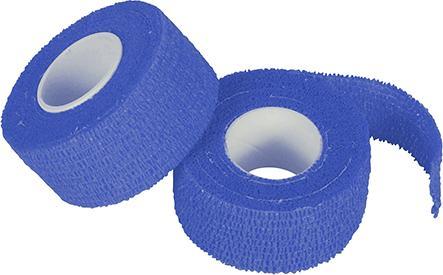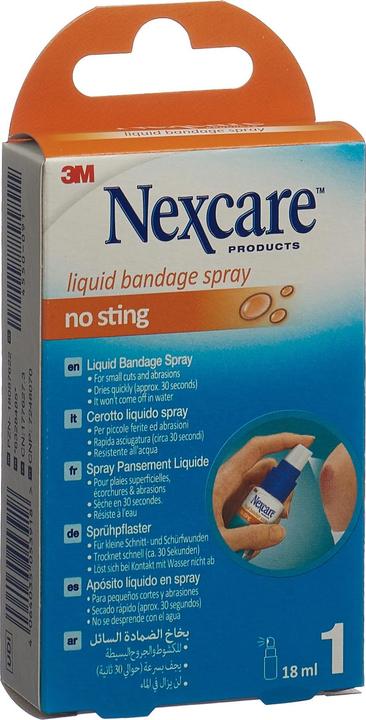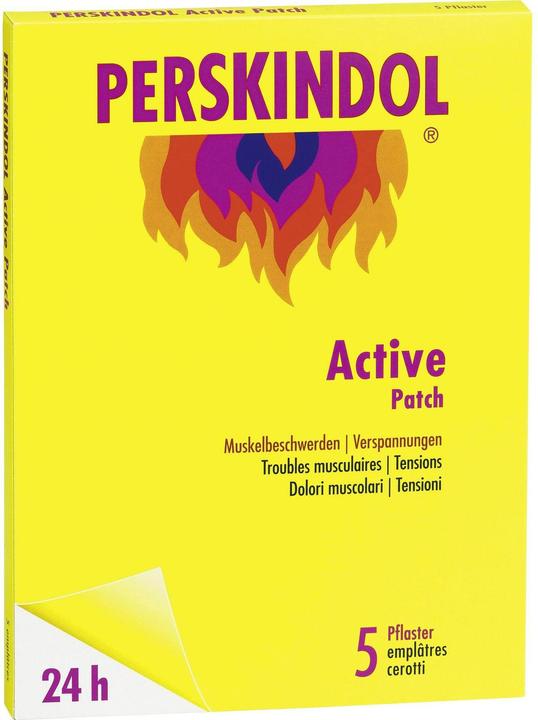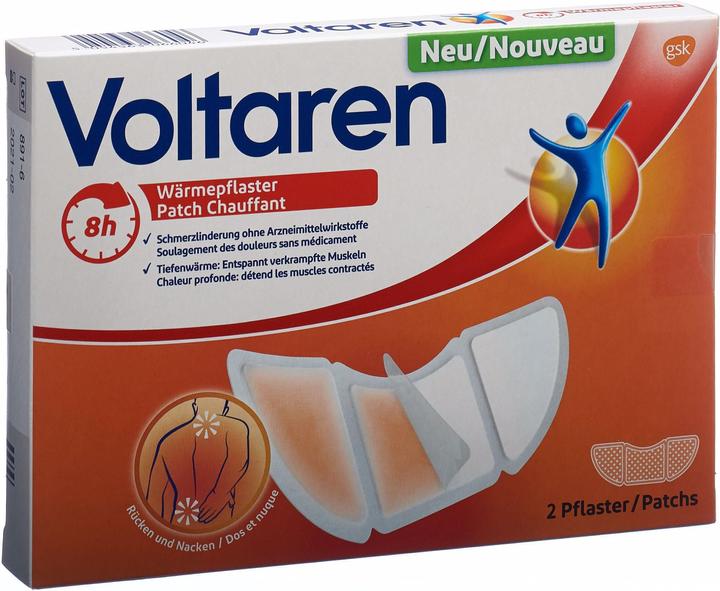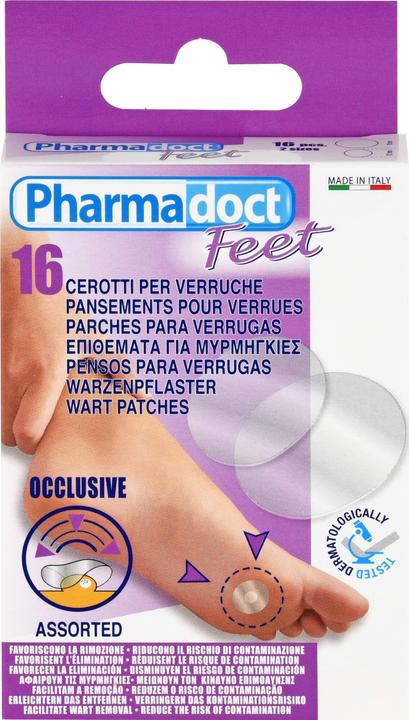

Plaster guide: which one for which owie?
Plasters come in all shapes and colours. And there’s one for all types of boo-boos. But do you know which one serves which purpose and why? For once, we’re engaging in band-aid politics with our plaster guide. Let’s hope it sticks.
They’re a staple in every household, but nobody likes to use them. Plasters. The small wound protection strips were invented by the German pharmacist Paul Carl Beiersdorf. He received the patent for «manufacturing coated plasters» in 1882. Back in the day, they were just gauze strips he coated with the rubber-like sap of the gutta-percha plant as well as a mixture of Vaseline, lard, tallow, gum elasticum solution and medicinal substances. It was not until 1922 that Hansaplast started making plasters with wound dressings.
Today there’s a wide range of plasters for different purposes and body parts. Not to mention the countless colours and shapes. So many, in fact, you’d be forgiven to get lost in the plaster jungle. Time for a little plaster encyclopaedia.
Blister plasters
If your shoes aren’t a great fit, blisters are bound to pop up. Blister plasters have a cushion that protects the affected area from further pressure and friction and prevents the blister from bursting. If the blister’s already burst, it will help it heal. How? Blister plasters usually contain a hydrocolloid gel (see below) to keep the wound moist. But it’s best to prevent blisters from cropping up in the first place. Cover the area at risk with a blister plaster or use an anti-blister stick with vegetable oil as a precautionary measure.
Finger plasters
The name says it all: this is a plaster designed for your fingers. This means for places you move a lot and where most plasters peel off. A finger plaster is extra long so you can wrap it around your finger completely. Sometimes even several times. Thanks to its larger adhesive surface, it should stick for longer, too. And then there are finger plasters with wings: so-called fingertip plasters.

Lifemed Finger Strips "Flexible" 12 x 2 cm skin-coloured
10 x
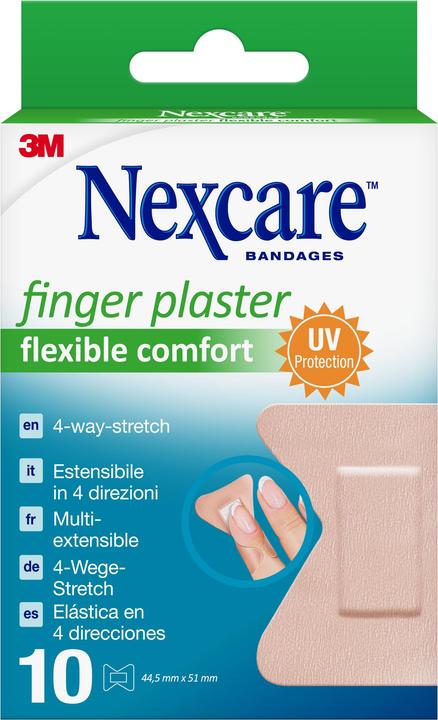

Hansaplast Finger Pflaster Elastic
16 x
Hydrocolloid plasters (gel strips)
They’re often called gel strip patches because they absorb wound secretions and form a gel cushion. Plasters with hydrocolloids keep the wound moist, therefore speeding up the healing process and additionally cushioning it against the outside. They come in different shapes and sizes for different parts of the body: for blisters, cold sores, abrasions and minor burns.
Hypoallergenic plasters (sensitive plasters)
Hypoallergenic plasters don’t contain zero allergenic ingredients and are specially designed for people with allergies or sensitive skin. Both the material and the adhesive are skin-friendly. The plasters are particularly permeable to air and water vapour and can be removed without irritating the surrounding skin. It often says «sensitive» on their packaging.
Butterfly strips (skin-closure strips, Steri-Strips)
Butterfly strips are suitable for minor cuts, lacerations and lacerations that don’t necessarily need stitches. Especially if they’re located on cosmetically sensitive areas of the body. The butterfly plasters, often called Steri-Strips or skin-closure strips, hold the two edges of the wound together, stabilising them and ensuring that the wound closes well. After about a week on the wound, they come off by themselves.
Scar plasters (silicone plasters)
Breathable silicone or foam material keeps the skin moist and warm and promotes the formation of new skin cells. In addition, scar plasters exert a slight pressure on the affected area, making it flatter and lighter and therefore less visible. They’re suitable for both new and old scars, but should be left on for at least twelve hours a day for the effect to kick in. This usually takes a longer period of several months.
Adhesive bandage
Adhesive bandage is shaped like a slim bandage and protects minor skin injuries and stabilises joints. You can tear off or cut the bandage and wrap it around the injured area several times. It’s self-adhesive and designed to stay put, even if it comes into contact with water.
Silver plasters
If the wound is inflamed, a silver plaster can help. The wound dressing is coated with silver, which has an antibacterial effect and is effective against germs that may have got in. Silver plasters are available in elastic, sensitive or water-repellent versions. A positive side effect is that they don’t stick to the open wound. Galaxus doesn’t currently have silver plasters in its range.
Spray-on plasters
Unlike conventional plasters, spray-on plasters are sprayed onto the skin rather than stuck on. This makes them more flexible and particularly suited for areas that are often in motion – places where adhesive plasters would be annoying. However, these spray-on plasters should only be used on dry wounds, i.e. wounds that are neither bloody nor wet.
All-purpose plasters
The all-rounders in the plaster universe are probably what most people consider a conventional plaster: a strip with wound covering and adhesive strips. No bells or whistles. Universal plasters are usually light brown or have child-friendly motifs on them. They’re available by the metre or in pre-cut strips, elastic or water repellent. And they should be in every small medicine cabinet.


Nexcare Breathable Universal Plaster
40 x
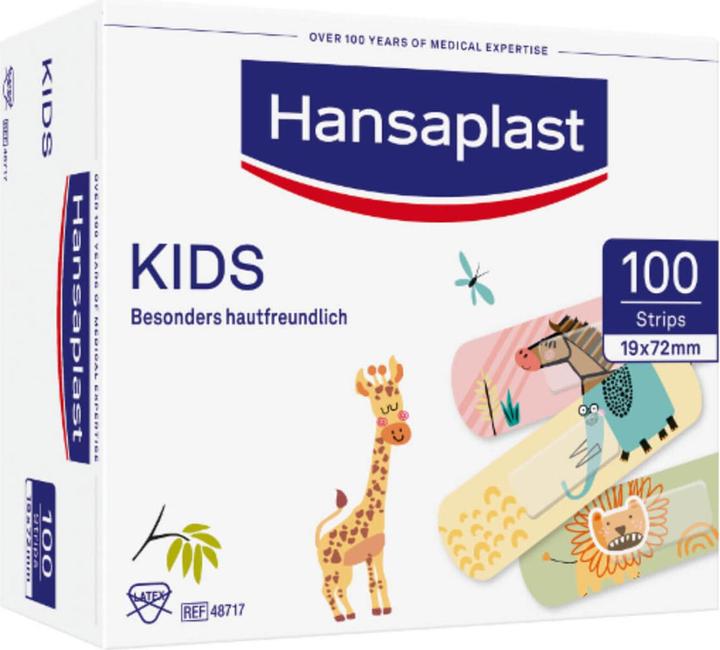
Heat plasters
These are plasters and patches with analgaesic and anti-inflammatory ingredients used for back, shoulder and neck pain. Heat patches are applied to large areas of the skin for several hours, during which time they emit a soothing heat. However, they shouldn’t be used on skin diseases, wounds or injuries.
Wart plasters
They’re round and small and fit perfectly on (thorn) warts. The highly concentrated salicylic acid in the wart plaster softens the calloused layers of skin and stimulates cell renewal. After a few days, the wart can be completely removed in a warm, soapy bath.
Header image: Katja Fischer
Mom of Anna and Elsa, aperitif expert, group fitness fanatic, aspiring dancer and gossip lover. Often a multitasker and a person who wants it all, sometimes a chocolate chef and queen of the couch.
Practical solutions for everyday problems with technology, household hacks and much more.
Show all

